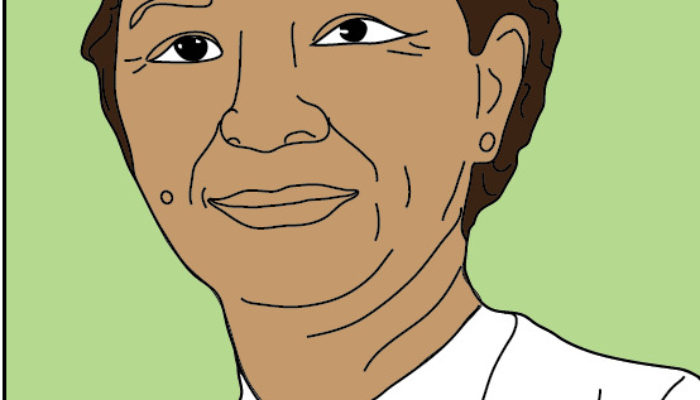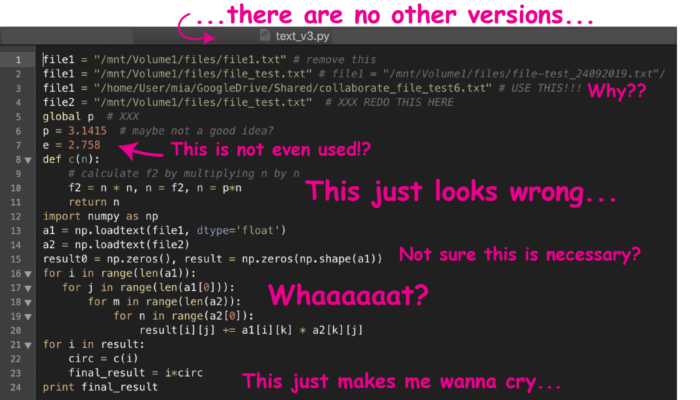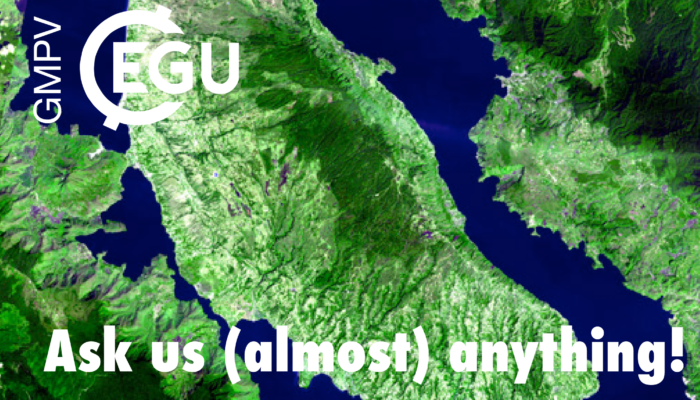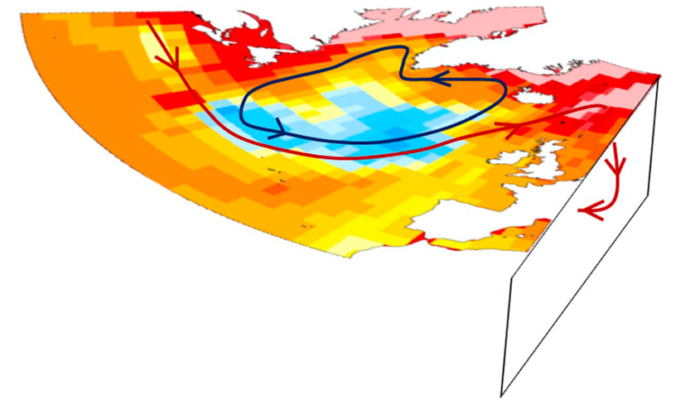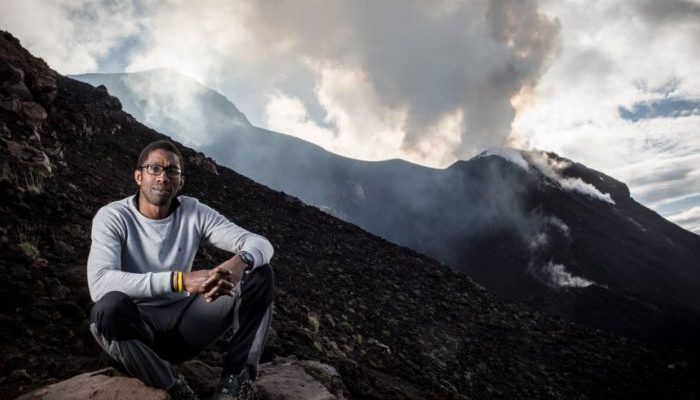Ah, love – that elusive feeling most people search for. It can be hard to find and hard to hold on to. Let me help you out. This week, I will give you 10 definitive tips to find your perfect match and fall and stay in love with your research. 1. Size doesn’t matter Some people like big, broad research topics, while others like smaller, niche research topics for which you really need to dive ...[Read More]
Tectonics and Structural Geology
Marguerite Thomas Williams: The US’ first black person to obtain a doctorate in Geology
On the day of Christmas Eve, five years before the turn of the century, Marguerite Thomas Williams (December 1895 – August 1991) was born. She was the youngest of her five siblings born to her parents Henry and Clara Thomas. We don’t know much about her early life. Perhaps her older brothers and sisters would take her by the hand when walking to school, maybe the family would g ...[Read More]
Seismology
Git or Perish
Tell me if this sounds familiar to you: Act I After a fruitful discussion with a colleague, you exchange codes and algorithms. You are happy because you are convinced you will save some time through this collaboration and you don’t need to develop the same codes yourself. Act II The drama unfolds slowly. Firstly, you search without success for a README file or instructions on how to execute ...[Read More]
Geochemistry, Mineralogy, Petrology & Volcanology
Ask us (almost) anything: how is tuff formed?
Tarun Goswami, an archaeologist from India, asks: How is a tuff formed? and more specifically… Why do some deposits have more ash than others? We are paraphrasing – the questions are specifically about the tuffs formed in the Toba supereruption. So… you asked, we answer! First of all, modern definitions generally describe a tuff as a volcaniclastic rock composed of solid volcanic ...[Read More]
Seismology
Seismology Job Portal
On this page, we regularly update open positions in Seismology for early career scientists. Do you have a job on offer? Contact us at ecs-sm@egu.eu Please, note that other available research positions are displayed on the EGU Jobs Portal.
Geodynamics
The Sassy Scientist – A Last Minute Lark
Tatiana feels the pressure. A never-ending workload, a busy home life and unparalleled expectations of her own devising leave her with this: Why does everything have to be last minute in academia? Dear Tatiana, Last minute? Don’t know what you’re talking about. Nothing is last minute in case you’ve mapped out your activities properly beforehand. Do you find it difficult planning your to-do list an ...[Read More]
Climate: Past, Present & Future
Learning lessons from the past to inform the future
A fairly recent blog post here reiterated the compelling comparison between the current COVID-19 crisis and the ongoing climate emergency, focusing on extreme events such as hurricanes, heatwaves and severe rainfall-related flooding, all of which are likely to get worse as the climate warms (Langendijk & Osman 2020). This comparison has been made by us Climate Scientists since the COVI ...[Read More]
Ocean Sciences
How Climate Models helped uncover the mechanisms behind the North Atlantic Warming Hole
One of the only regions that have been observed to cool over the past century is the North Atlantic cold blob just south of Greenland. In our recent paper, we analyse the cold blob or “warming hole” and the processes that contribute to its creation and evolution. While sea surface temperature has been reliably observed, the underlying mechanisms of changing ocean circulation are only sparsely meas ...[Read More]
Seismology
What’s it like to be black in academia?
Maria, a member of our ECS team, recently interviewed Professor Christopher Jackson from Imperial College, London, UK. The idea of this interview arose after protests swept across the US, triggered by the murder of George Floyd. Resurfacing the recurring and unsolved issue of racial biases, these protests highlighted that fact that racial inequality is not only present in everyday life, but that i ...[Read More]
Geodynamics
Baking geological cakes!
Who doesn’t love baking? Seriously, baked goods are the best: with or without gluten, with or without chocolate. But you know what makes every bake out there even better? A geological theme. You heard it here first! This week, Ruth Amey, postdoctoral researcher and programme manager of the Earth Observation Center for Doctoral Training at the University of Leeds, United Kingdom, discusses th ...[Read More]


